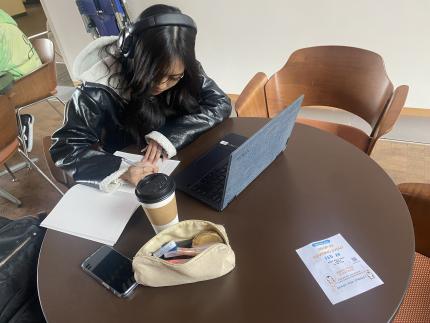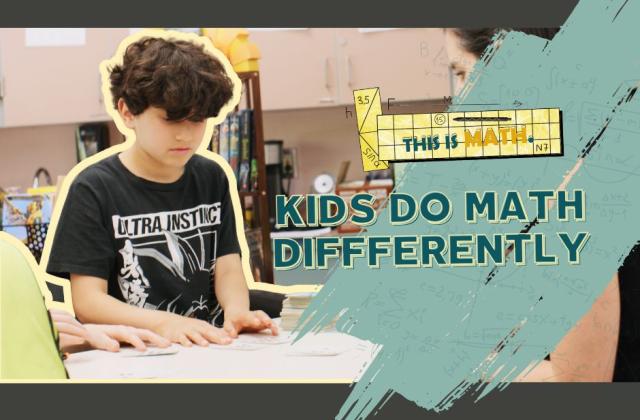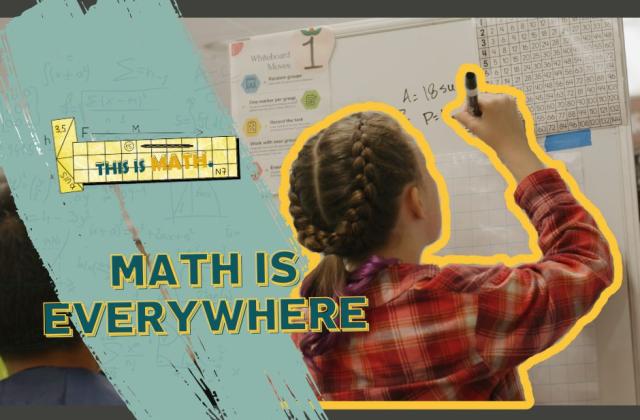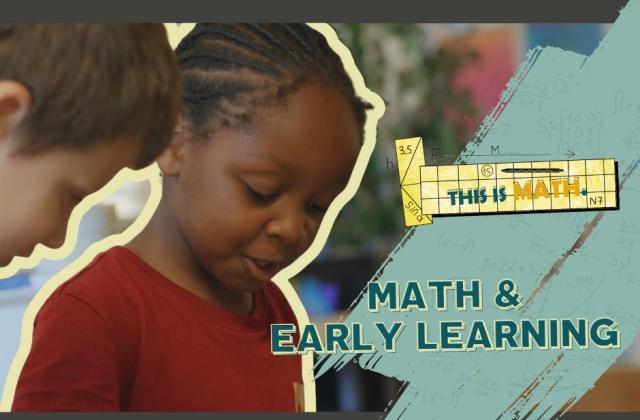Media Contact
Katy Payne she/her
360-764-0201
Editor’s Note: OSPI aims to elevate the authentic experiences of the students in Washington’s K–12 public schools. This story was written by a Washington state high school student participating in OSPI’s Student Stories Program. The author’s opinions, beliefs, and viewpoints do not necessarily reflect those of OSPI, and publication of this story does not constitute OSPI’s approval or endorsement of its contents. With questions, please contact OSPI’s Communications team at commteam@k12.wa.us.

During high school, my older sister was a full-time Running Start student. Throughout her time in this program, I saw firsthand the arduous efforts it took to keep up with the hefty workload. However, I also saw how fulfilling the fruits of her labor proved to be. In June of 2022, she graduated with both her diploma and an associate degree at 17 years old.
My sister’s story is one of the many experiences of Washington students in Running Start. This dual credit program allows high school juniors and seniors to take college courses at one of Washington’s higher education institutions, free of tuition. Whether earning a handful of transferable college credits or an associate degree, Running Start is undeniably a powerful tool for students who take on the challenge.
Inspired by my sister to go beyond, I also enrolled as a full-time Running Start student in my junior year. Now six months into the program, I have gotten countless questions from my peers asking if the labor is worth it and how my life has changed, so here are the biggest differences I’ve noticed doing Running Start.
Curriculum
Going straight from a full-time high schooler to a full-time college student was a very abrupt change. At my high school, with six classes per year and four years in high school, each student was on a strict schedule to obtain the 24 credits required for graduation. Each course was a year-long commitment, contributing to the more prolonged academic routine. The switch to a college environment with Running Start offered a refreshing change.
As a full-time Running Start student, I must take three courses per quarter for three quarters, with the option of taking more over the summer. I can take dozens of diverse courses to fulfill my graduation requirements, from familiar classes like History and English to more obscure ones like Astronomy and Oceanography. This system makes credit retrieval much faster and personalized, but also more difficult. Each course lasts only 10 weeks, so the compressed schedule demands more dedication and self-discipline to keep pace with the accelerated learning.
Performance is held at a much higher (college-level) standard; Running Start students are not graded any differently from any other students at the college. The challenging coursework helped me to learn to think more deeply, form my own opinions, and assess fact from opinion. College classes help foster these analytical thinking skills crucial for thriving in the adult world.
Social Life
During sophomore year, I was, naturally, surrounded by students my age. I would spend seven to eight hours a day with the same people, so I wanted to expand my horizons. The best thing I did that year was get involved. I joined my high school’s journalism team, joined several clubs, attended workshops, went to games, and did community service. Joining these extracurriculars helped me build some of my strongest friendships and connect to the student body in ways I couldn’t have before.
Community college, on the other hand, is open to a far more diverse set of people. My classes would consist of fellow Running Start students, parents, foreign exchange students, people with full-time jobs, and people of various ethnic and cultural backgrounds, ranging in age from 12 to 81 years old. I’m very grateful to share a space with so many kinds of people and hear their stories and perspectives, but it has been much harder to relate to classmates who are 10 years my senior.
Additionally, I don’t have any classes at my high school and many of my college classes are either online or meet only twice a week. I don’t spend nearly as much time with my classmates as I did during my freshman and sophomore years. This leaves less room for me to create meaningful bonds and retain my friendships at the high school.
These difficulties, however, have only encouraged me to reach out and take initiative. I remained part of my high school’s clubs and activities and worked harder at starting conversations with both new and old friends to keep that connection alive.
My Takeaways
The learning curve from going from year-long classes to ten-week ones proved to be a difficult, but welcome, obstacle to overcome. Each class required about 15 hours of work per week, so I had to work on my time management, communication, and critical thinking skills to stay on top of lectures, quizzes, and homework.
Running Start students need to take on a lot of responsibility for their schedule, transportation, homework, graduation requirements, and credits. High schools take on a more proactive role in making sure the student has the resources they need to succeed. Colleges, on the other hand, expect the student to reach out first. Through this program, I learned to seek information for myself, have more initiative, and not procrastinate. I will become more well-prepared for university and adulthood when I graduate high school than if I did not have that experience.
Enrolling in Running Start has been one of the best decisions of my life. While a lot of responsibility, it is a fantastic opportunity for students who have the means and drive to do it. It offers more freedom, exposure to the adult world, and quality education. It isn’t the best option for everyone because of the drastic changes in curriculum and social life, but it also isn’t just for the students with a 4.5 GPA who have gotten A’s their whole life. It’s for anyone who wants to go above and beyond.
About the Author
Monica Velasquez (she/her) is a high school junior in the Lake Stevens School District who is passionate about psychology and journalism. She takes on leadership roles in various clubs at her school, such as Key Club and the Asian Student Union. Having served as a Staff Reporter and Editor-in-Chief for her school’s newspaper, Monica hopes to share the voices of her peers through her work.









